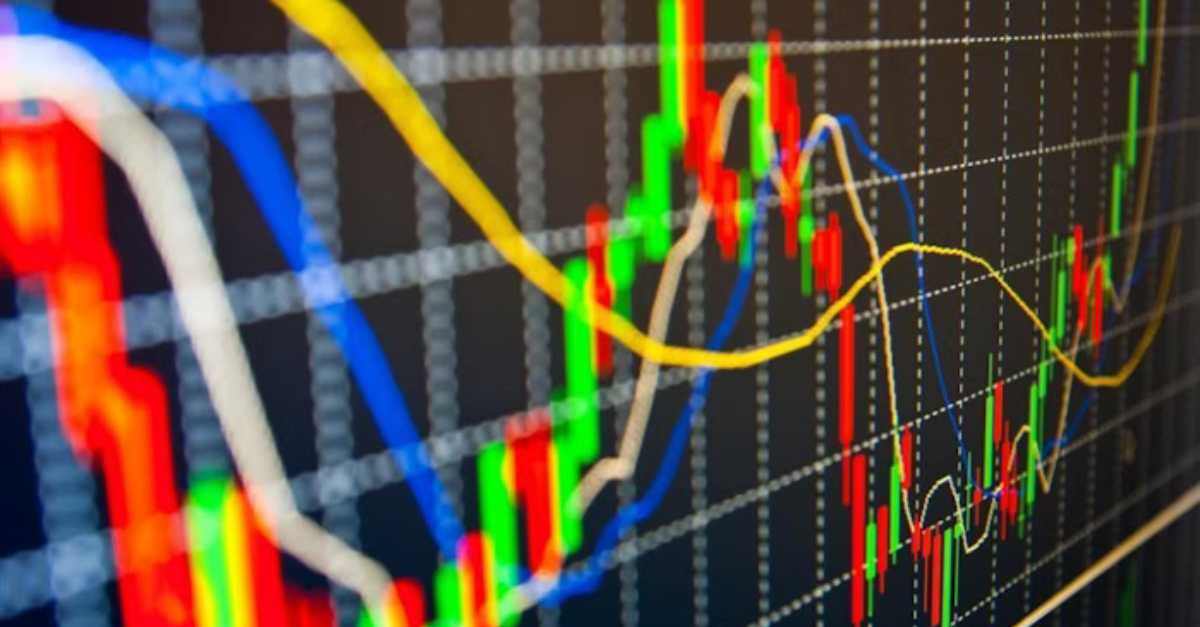
The Top Trends Influencing Retail in 2025
Explore the top retail trends in 2024, and discover how sustainability, advanced AI, and personalized experiences are reshaping consumer expectations
Solutions
Workplace Management Solutions
Real Estate Management Solutions
Maintenance Management Solutions
Energy Management Solutions
Engineering Document Management Solutions
Asset Management Solutions
Automate campus scheduling for classes, meetings, and exams with our EMS software.
Plan and manage conferences effortlessly with EMS software to impress guests and streamline operations.
Boost workplace flexibility and maximize space use with seamless desk and room booking.
Organize workplace or campus events smoothly, creating memorable experiences.
Optimize workspace, manage allocations efficiently, and reduce costs with our space management solutions.
Deliver projects on time and within budget by improving communication, collaboration, and efficiency with our software.
Streamline lease accounting for ASC 842, IFRS, and GASB compliance.
Manage leases efficiently by tracking key dates, analyzing costs, and ensuring compliance.
Centralize data and analytics for better insights, faster negotiations, and revenue growth.
Centralize facility and asset maintenance, automate work orders, and ensure compliance with our CMMS software.
Extend asset life, reduce downtime, and prevent costly repairs with data-driven monitoring.
Prevent equipment failures and extend asset life by detecting and addressing issues early.
Make sustainable, cost-efficient energy decisions by monitoring and optimizing power consumption.
Remotely monitor and control equipment with real-time data to predict issues, boost efficiency, and reduce downtime.
Easily share and collaborate on documents, creating a single source of truth for engineers and contractors.
Manage and analyze assets across their lifecycle to schedule maintenance, reduce downtime, and extend lifespan.
Improve visibility, automate work orders, and ensure compliance for efficient facility and asset management.
Resources
Browse our full library of resources all in one place, including webinars, whitepapers, podcast episodes, and more.
Support
Looking for access to technical support, best practices, helpful videos, or training tools? You’ve come to the right place.
About Accruent
Get the latest information on Accruent, our solutions, events, and the company at large.

Exhaust fans running around the clock. Doors on refrigeration units left open. Avoid these scenarios and cut consumption costs with real-time energy monitoring.
Table of contents
You might be surprised to learn what goes on in your retail stores when you’re not watching.
Or at least you’d be surprised to know what doesn’t get turned off. This is especially true for energy managers in large organizations that operate many different facilities. Outdoor lights go on before dark and stay on after dawn. Exhaust fans and air handlers run around the clock. HVAC systems condition the air in unoccupied rooms. Doors on refrigeration units are left open.
You know it happens. But unless you’re using real-time energy monitoring, you probably don’t know when or how often it happens. Or how much it’s costing you.
One U.S. grocery retailer that operates 130 stores in the Southwest piloted a system for monitoring real-time energy use at 10 stores. The pilot showed that ceiling lights were being left on at night regularly at 4 stores, costing about $30,400 a year. The retailer concluded that if the same problem were occurring at 40% of its 130 stores, the actual excess energy cost was $395,000 a year. Real-time energy monitoring discovered this problem and helped the retailer cut its energy bill.
But here are questions to ask yourself to help decide if real-time energy monitoring can benefit your organization.
As with any other initiative, it’s important to have clear goals in mind. Organizations often implement a real-time energy monitoring program for one or more of these reasons:
Another consideration is whether your people, operations or processes are likely to respond to fast feedback.
If so, you already have a culture that’s likely to welcome real-time energy monitoring. If your company doesn’t use data to drive continuous improvement, you may find yourself fighting against the current to suggest real-time monitoring.
With current metering systems and data-collection technologies, you can see data at almost any level of detail. At the broadest level, you can see a central view of all energy use in all facilities, broken down by building and by day or week. At the most granular level, you can monitor energy use for every appliance every 15 seconds. The right amount of data for you depends on your goals. You might want to monitor specific appliances that consume use a lot of energy. Or you might want to find inefficiencies in certain operations, which would require recording data at frequent intervals.
The cost and feasibility of real-time energy monitoring will depend, in part, on who needs to see your data and in what form they need to see it. Considering the lean staffing of most retail organizations, it can be cost-effective to make energy managers responsible for energy efficiency across multiple properties. If this approach is in your plan, you’ll need to provide your energy managers with access to energy-use data in near real time.
The more metering devices you use, the more data you will have to collect and consolidate. And the more detailed the energy-use data you generate, the more data you will have to manage. Do you have the means to collect, compile, store, report and distribute the data efficiently? Do you have internal staff or external resources to analyze and interpret the data?
Several independent studies have also shown that nothing more than timely feedback on energy consumption can cut use by as much as 5% to 10%.
Explore the top retail trends in 2024, and discover how sustainability, advanced AI, and personalized experiences are reshaping consumer expectations
Explore why it is critical to delivering a consistent experience within your food organization and the ramifications of a poor experience.
The retail apocalypse has closed thousands of stores. See how to strengthen your brick-and-mortar stores through great customer experience and ...
Subscribe to stay up to date with our latest news, resources and best practices.
* To unsubscribe at any time, please use the “Unsubscribe” link included in the footer of our emails.